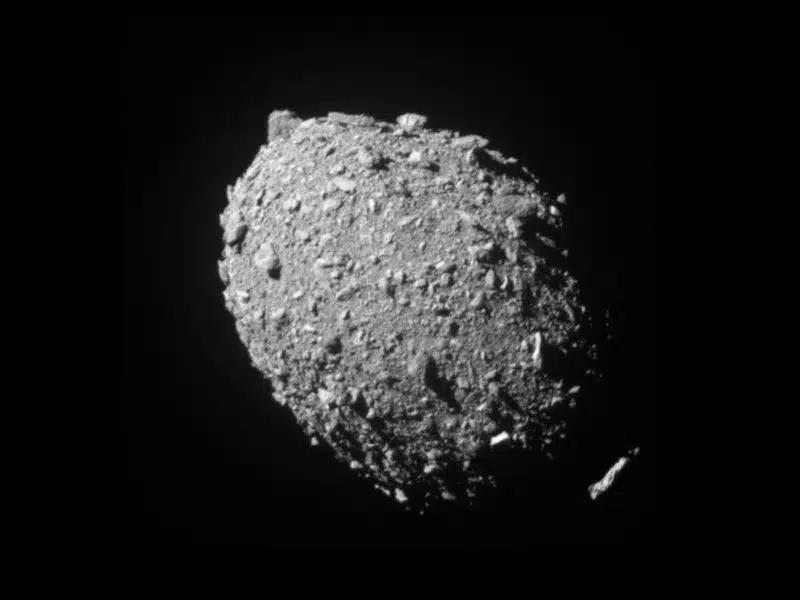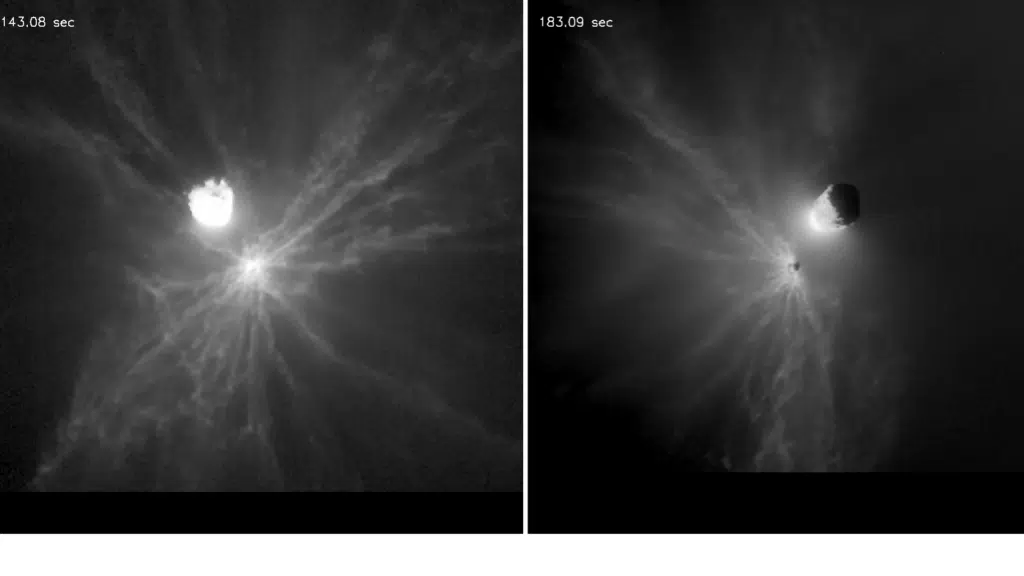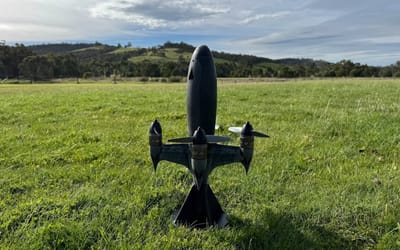NASA's mission to deflect an asteroid led to unexpected results with 'something unknown at work'
Published on Jul 10, 2025 at 9:15 AM (UTC+4)
by Claire Reid
Last updated on Jul 10, 2025 at 1:51 PM (UTC+4)
Edited by
Kate Bain
A NASA mission to deflect an asteroid back in 2022 ended with some unexpected results that experts now say could complicate similar missions in the future.
The Double Asteroid Redirection Test (DART) was NASA’s first-ever mission dedicated to testing asteroid deflection technology.
In simple terms, the US space agency slammed a spacecraft into a large asteroid called Dimorphos in an attempt to alter its course.
The test was hailed as a success, and NASA said it proved that it was possible to redirect objects in space.
DISCOVER SBX CARS – The global premium auction platform powered by Supercar Blondie
The mission to deflect an asteroid has raised some questions
Being able to detect and deflect asteroids is, of course, a good thing.
Let’s face it, none of us wants a giant hunk of space rock smashing into our planet, do we?

Even one that could make us all very rich.
Thankfully, scientists are working on ways to ensure that isn’t a likely outcome.
The European Space Agency has just built a bug-eyed telescope to spot asteroids before they hit Earth.
And in 2022, a NASA mission to deflect an asteroid proved that it could change the direction of an asteroid by slamming a spaceship into it.
The mission resulted in a shortening of Dimorphos’s orbit around the larger Didymos asteroid of around 32 minutes.
However, new research has shown that the mission had other implications, too.
Images taken in the immediate aftermath of the spacecraft’s collision with the asteroid showed clouds of dust and two clusters of boulders speeding away from the impact.
The existence of these boulders, which range in size from 1.3 feet to 23.6 feet, has been confirmed by the Hubble Telescope.
The ejected space rocks carried around three times more momentum than the spacecraft itself and flew off in ‘unexpected directions’.

“We saw that the boulders weren’t scattered randomly in space,” astronomer at the University of Maryland, Tony Farnham, said in a statement.
“Instead, they were clustered in two pretty distinct groups, with an absence of material elsewhere, which means that something unknown is at work here.”
What it means for future missions
The team says any similar future missions would need to take this into consideration before blasting off as it could cause complications.
“If an asteroid was tumbling toward us, and we knew we had to move it a specific amount to prevent it from hitting Earth, then all these subtleties become very, very important,” Professor of Astronomy at UMD Jessica Sunshine added.
“You can think of it as a cosmic pool game. We might miss the pocket if we don’t consider all the variables.”
Click the star icon next to supercarblondie.com in Google Search to stay ahead of the curve on the latest and greatest supercars, hypercars, and ground-breaking technology.
DISCOVER SBX CARS: The global premium car auction platform powered by Supercar Blondie
Claire Reid is a journalist who hails from the UK but is now living in New Zealand. She began her career after graduating with a degree in Journalism from Liverpool John Moore’s University and has more than a decade of experience, writing for both local newspapers and national news sites. Claire covers a wide variety of topics, with a special focus on cars, technology, planes, cryptocurrency, and luxury.




